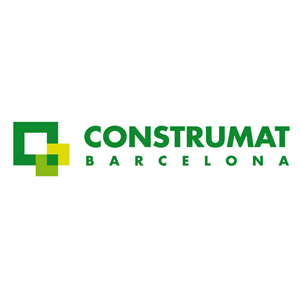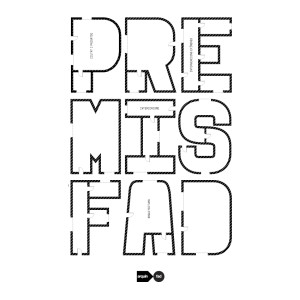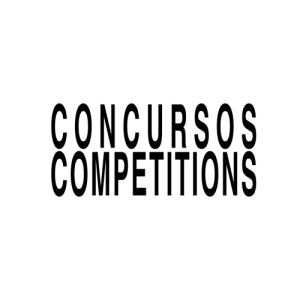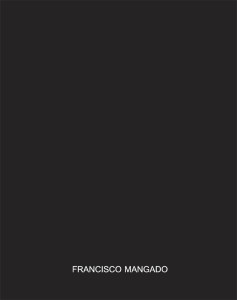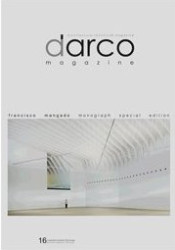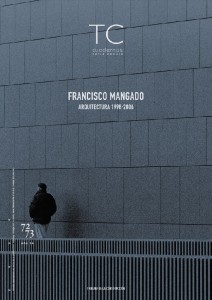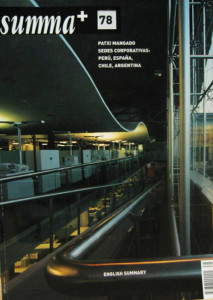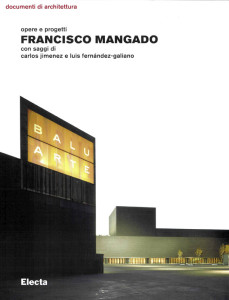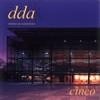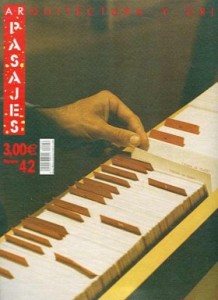2006
/
2008
The plot is in the middle of one of the most humid valleys of northern Navarre. A valley of gentle but sturdy hills, where the green pasture and oak trees configure a landscape of strong character, whose color changes with the seasons. A valley dotted with a system of small and relatively closely-woven urban cores, configured in an apparently random way. The buildings are formed of large unitary and isolated volumes that seem to touch, but that in truth compete with one another to show their bold architectural character. A boldness that draws on the climate conditions, but also on the production system – stockbreeding –, which in past times forced to accommodate in one same house people and animals. A boldness that is particularly evident in the roof, whose role is to bring together all the different contents. Boldness, in the end, of ‘Navarre’s buildings’. This is the context for an elite equestrian center specialized in dressage and with boarding stalls for horses: one of the strongest and most sophisticated forces created by nature.The idea of clarity and also the strong architectural presence of the nearby buildings guided the project design from the very beginning. Beyond the materials or specific expressive configurations, the proposal was inspired by the desire to establish a relationship with the context through an exact, clear volume. This idea of clarity pervades not only the exterior, but also determines the structural and constructive organization of the buildings.The mixture of scales, the way of playing with them and of making the interact, the need to combine different facilities for training or stalls with other more domestic spaces, comes to justify that main decision of gathering all uses, independently from their size, in those single and total volumes, coherent at the same time with the aforementioned idea of clarity and boldness. In this way, the houses for staff that work and train in the complex are no different and are also drawn up with the same farm-like volumetry, designed to contain the training tracks or stalls, which are integrated in these volumes, trying to avoid establishing a differentiation between them, as this would have entailed a fragmentation that is not compatible with the natural and architectural landscape of the valley.Materials play an important role in the project. The usual tense plastered walls painted white of the nearby houses and cattle farms are replaced here with steel sheet, which, combined with oak wood (used in the window frames, interiors, vertical claddings and pavements), generates an expressive result. In general, the use of materials is inspired by the idea of offering a contemporary approach to the traditional solutions found in the surroundings. In the sense, the handling of large sections of oak wood coming from the controlled exploitation of the nearby forests – a handling that, as in the case of large pieces spanning some uneven areas of the terrain, consists in making simple volumetric cuts in the trunk – is essential in order to interpret the use of materials in the complex.
The organization is relatively simple. A large elongated volume accommodates the stalls and the lodgings of keepers and workers. The roof is the same for the whole complex, but it slopes at a given point to reach the needed height for the secondary use and also marking the main access to the complex. A large volume lying perpendicular to the first houses the olympic training rings as well as the owners’ house and a living area and training premises for jockeys and instructors. In this way the living spaces afford direct views over the indoor and outdoor rings.The landscaping project basically follows the guidelines of the valley’s plot divisions. Lines of oak tress divide the plots, configuring elongated prairies that more or less follow a perpendicular line towards the Ultzama River, where one can still find trout or otters, and which marks the boundaries of the estate. Now these prairies are filled with horses.
